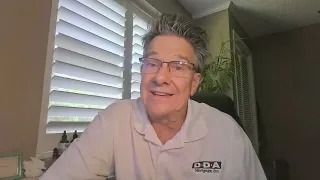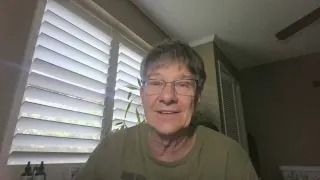Call (727) 784-5555
With a Home Equity Conversion Mortgage (HECM) loan, you cannot outlive the loan. The loan will become due when you pass away. If the house still has equity, your heirs can sell the home, pay off the balance of the loan, and disperse the proceeds. If the balance of the loan is greater than the equity of the home, your heirs and your other assets are NOT responsible for the difference.
If you are married and apply for a joint HECM, the reverse mortgage isn't due until the last borrower passes. Here's what you need to know according to
HUD.gov as of the publication of this article.
You can select one of the following payment plans:
- Tenure - equal monthly payments as long as at least one borrower lives and continues to occupy the property as a principal residence
- Term - equal monthly payments for a fixed period of months selected
- Line of Credit - unscheduled payments or in installments, at times and in an amount of your choosing until the line of credit is exhausted
- Modified Tenure - combination of line of credit and scheduled monthly payments for as long as you remain in the home
- Modified Term - combination of line of credit plus monthly payments for a fixed period of months selected by the borrower

For fixed interest rate mortgages, you will receive the Single Disbursement Lump Sum payment plan.
The amount you may borrow will depend on:
- Age of the youngest borrower or eligible non-borrowing spouse
- Current interest rate; and
- Lesser of:
- appraised value;
- the HECM FHA mortgage limit of $970,800; or
- the sales price (only applicable to HECM for Purchase)
Other options are available and lenders are always working on new product offerings.
If you would like to speak to a Reverse Mortgage advisor, give us a call (727) 784-5555. Or use our form below to ask a question.
Have A Question?
Use the form below and we will give your our expert answers!
Reverse Mortgage Ask A Question
We will get back to you as soon as possible.
Please try again later.
Start Your Loan
with DDA todayYour local Mortgage Broker
Mortgage Broker Largo See our Reviews
Looking for more details? Listen to our extended podcast!
Check out our other helpful videos to learn more about credit and residential mortgages.





